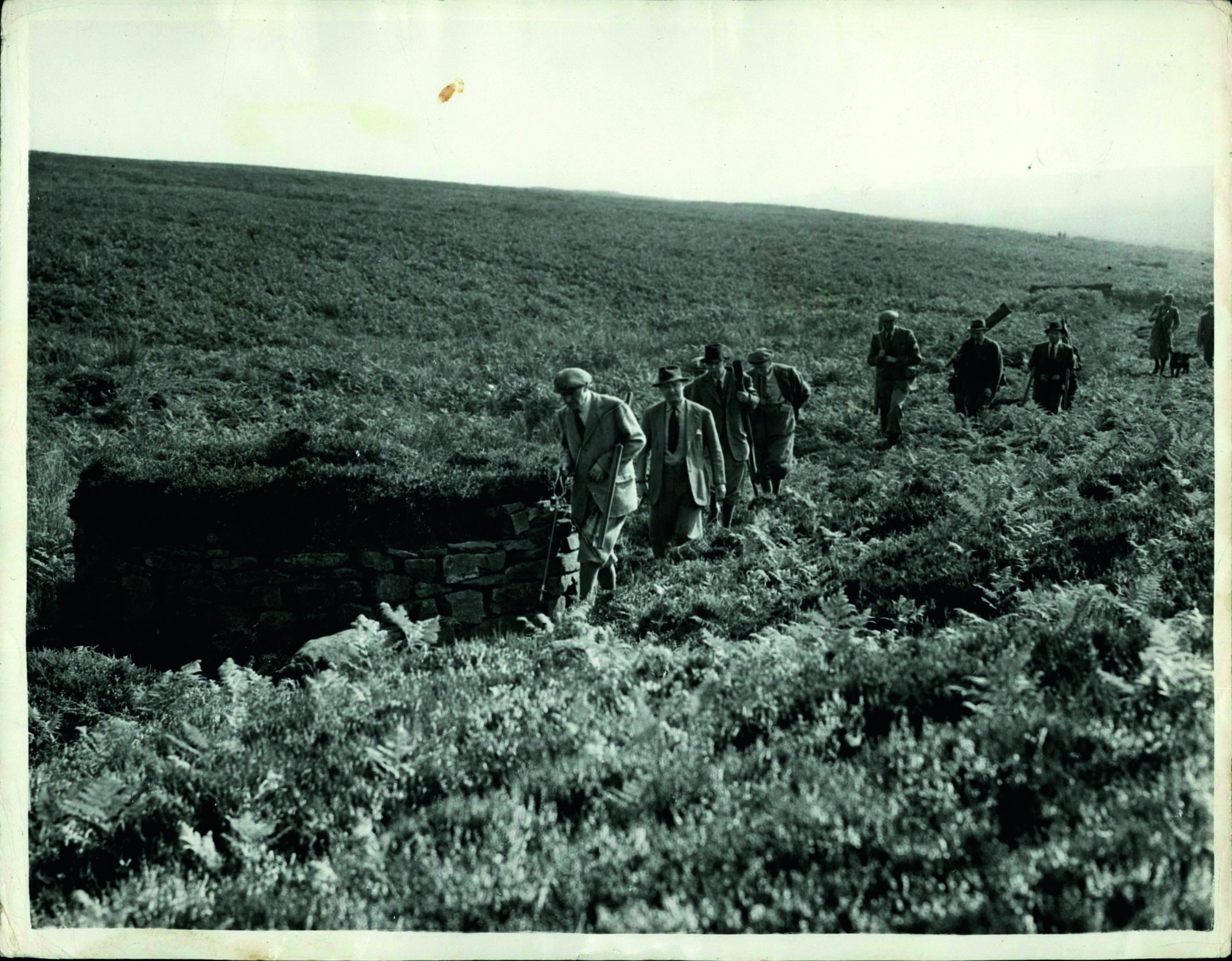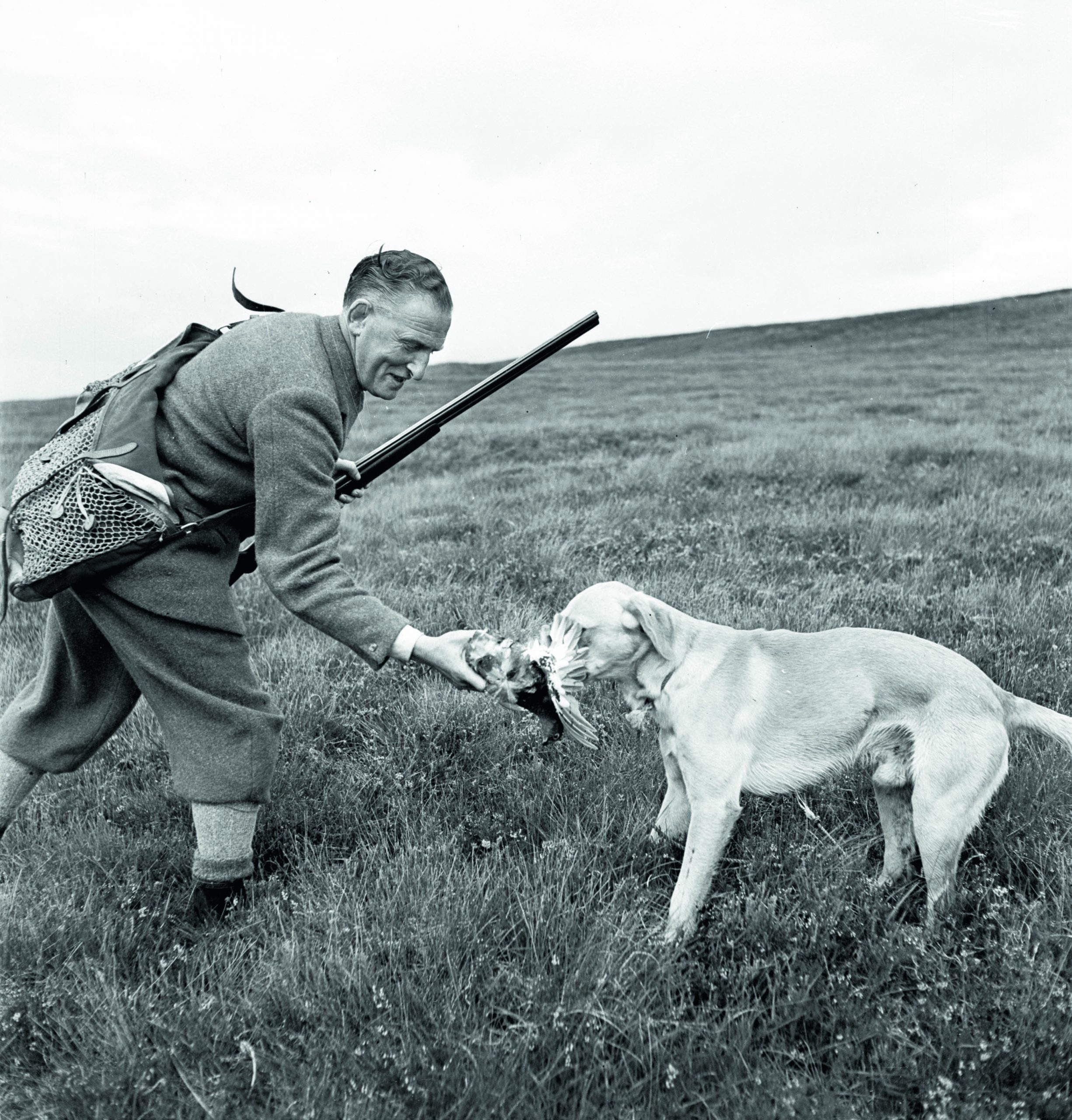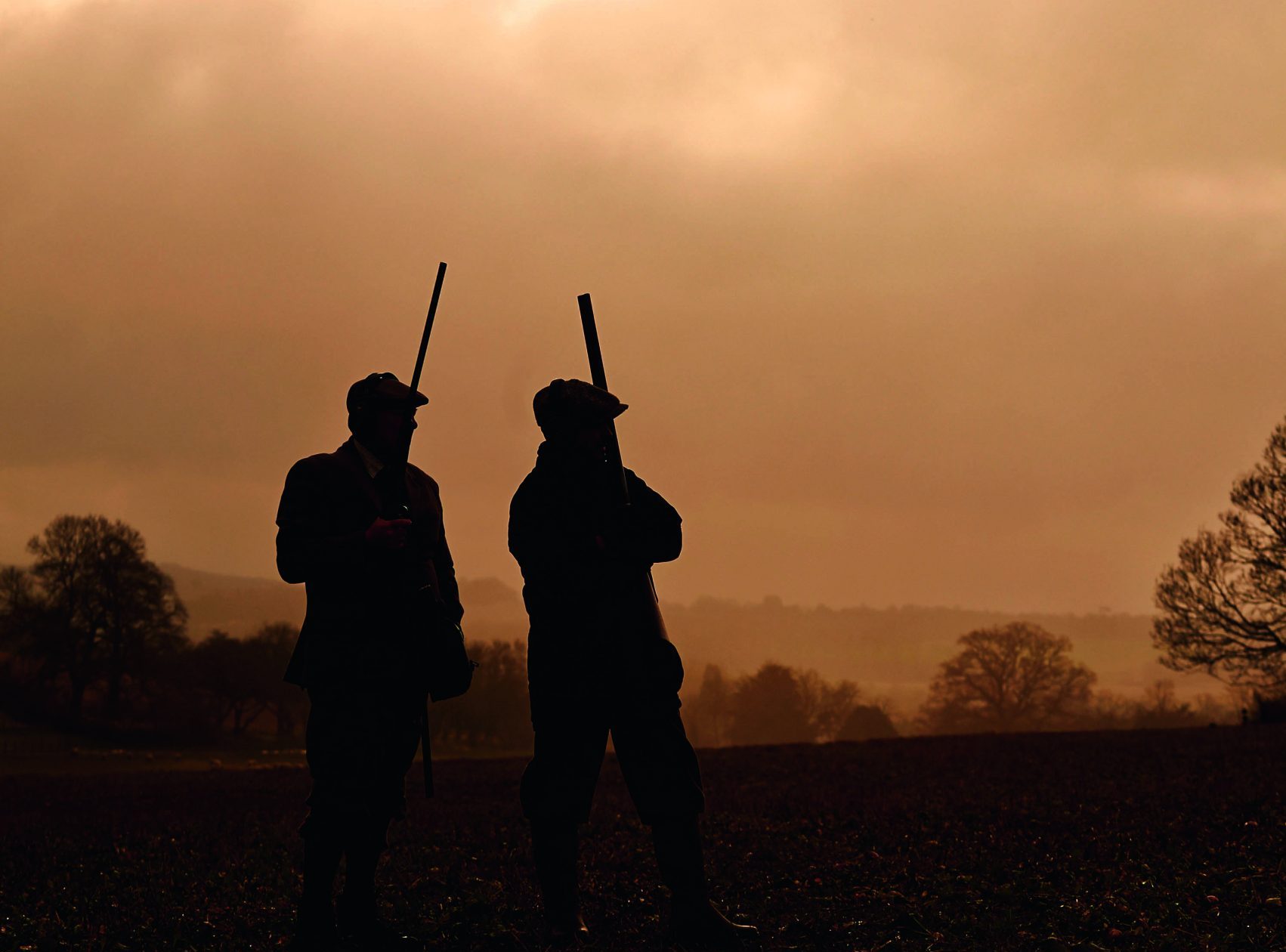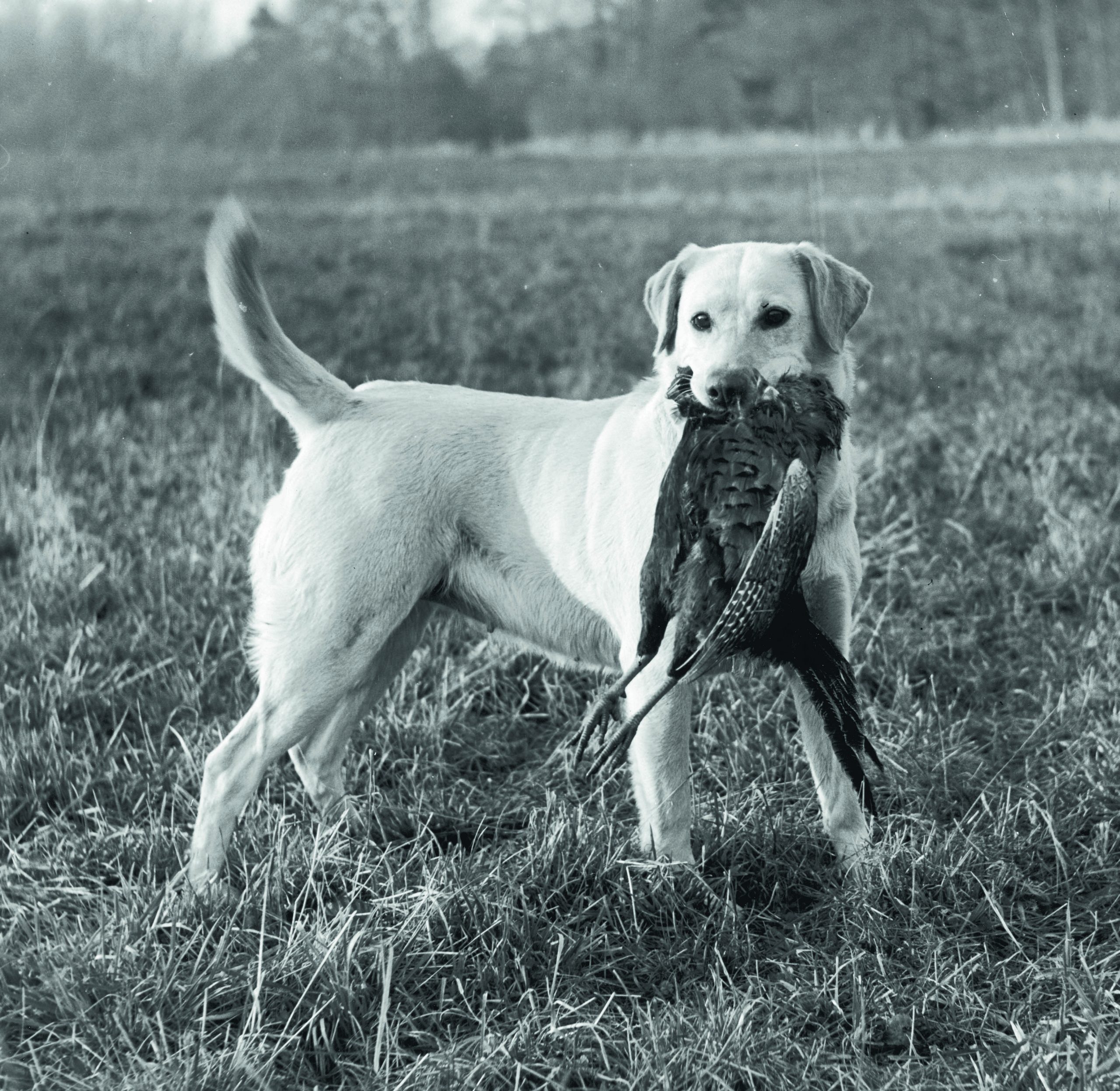News
The history and evolution of gamebird diseases
Would you like to speak to our readers? We offer sponsored articles and advertising to put you in front of our audience. Find out more.
When I took the first steps in my gamekeeping career way back in the 1960s, there is no doubt it was a much simpler life. No internet, no social media, no shoot sabs, a plentiful
game market with decent prices — the list goes on. There were also very few gamebird diseases: the old irritations of coccidiosis, gapeworm and blackhead — and that was about it.
The troubles, though, had already begun, as intensification was under way. With it came many of the problems that the poultry industry had produced following mass intensive rearing of all breeds of poultry and ducks. I use the word ‘produced’ creatively, as the diseases had always been there. But intensification, allied to poor hygiene at times, allowed them to proliferate.
Excessive numbers of anything in the natural world will often be coupled with an increase in natural pollution and added pressure on resources, whatever those resources are. The move to rearing a very large head of game in close proximity is what has brought the industry to where it is today.

A grouse shoot in 1951: back then outbreaks of strongyle worms were simply part of life
Going back to my beginnings, land used for rearing birds outdoors was rotated so as to give the keeper a ‘clean’ field every year. Release pens were cleansed with hot lime, which was the same substance used to deal with foot-and-mouth outbreaks since it kills just about everything coming under that bracket. We had a closed flock, meaning we were not importing anything new that was appearing elsewhere, and we made sure everything that the birds ate or drank from was clean.
From the two or three common diseases that seemed to appear on shoots, namely cocci, gapes and the odd attack of other worms, I noted when I did my research for this piece that there was a list of around 20 viruses and diseases that all impact gamebirds these days.
It has to be said that it is not quite as bad as it was a few years ago. The industry has reined in numbers and reduced its reliance on medication to a degree. I have laid the blame for much of the disease increase at the feet of the poultry industry for the simple reason that it was they who started mass-rearing indoors. Looking at dates, many of the illnesses afflicting both game and poultry only appeared in the 1950s, 1960s and early 1970s. As far as I can see, they grew from poultry production.

Those of us who shoot birds to eat and for sport have a duty to consider our actions
Gamebird diseases – serious problems
That said, the game industry cannot escape blame — many producers and keepers simply followed the same path, and while it may have been cheaper, in the long run it has caused serious problems all over the country. The real issue some face is that once some of these gamebird diseases get into birds, it is almost impossible to remove them, as they are passed on from generation to generation.
They can also, as with some gamebird diseases, stay in the soil for many years to come. Such were the problems on a number of estates that one keeper told me that, if he had known he would have to become proficient in dishing out drugs to birds to keep them alive, he would never have gone into game management. It was, in short, not what many wanted or thought that it would become. The days of cocci and gapes were over forever. Enter gamebird diseases like aspergillosis, ataxia neurological, E coli and avian encephalomyelitis, along with many more.
Up on the hill, things were no different. Outbreaks of strongyle worms, or ‘grouse disease’, came and went, and owners and keepers accepted it as part of life, just as it had been for generations. It took many years of research and development for a grit treated with medication to be produced to remove the deepest part of these troughs from the age-old cycling of grouse numbers. Sadly, many did not learn from the low-ground experience of just what high numbers of birds on the ground year on year can do.

The 1960s were a much simpler time for shooting, with very few diseases in gamebirds
The grit was preventing a population crash because it was controlling strongyle levels, but it was unable to stop anything else from appearing due to excessive pollution on the moors.
After a number of years of high grouse densities, the inevitable crash did come. Poor food supply, pressure due to the numbers of birds, and poor weather meant that despite the medication the population over large areas died. Some grouse moors have still not recovered following two years with little to no shooting.
Much to learn
At times, man learns little from his forefathers. He should, as there is plenty to learn without reworking the wheel. It is one thing to produce high numbers of anything — it is another to be able to do it without putting in peril the very existence of the birds and the environment that they and others rely upon to survive.
We now have a strain of avian influenza that has originated from poorly managed domestic poultry on the other side of the world. It may have killed hundreds of millions of wild birds. In truth no one knows, but it is a product of man’s lack of thought and care. For those of us who shoot birds to eat and for sport, we really do have a duty to consider just what we are doing at times. For those who do not care enough, please go and shoot some clays instead.

Before the introduction of medicated grit, cases of ‘grouse disease’ came and went on moors
Related articles
News
PETA attacks royal couple for breeding cocker pups
The Prince and Princess of Wales have faced criticism from animal rights group PETA after they had a litter of puppies
By Time Well Spent
News
Farmers launch legal review against Reeves’s farm tax
Chancellor Rachel Reeves faces a judicial review over inheritance tax reforms that could force family farms out of business
By Time Well Spent
Manage Consent
To provide the best experiences, we use technologies like cookies to store and/or access device information. Consenting to these technologies will allow us to process data such as browsing behavior or unique IDs on this site. Not consenting or withdrawing consent, may adversely affect certain features and functions.
Functional Always active
The technical storage or access is strictly necessary for the legitimate purpose of enabling the use of a specific service explicitly requested by the subscriber or user, or for the sole purpose of carrying out the transmission of a communication over an electronic communications network.
Preferences
The technical storage or access is necessary for the legitimate purpose of storing preferences that are not requested by the subscriber or user.
Statistics
The technical storage or access that is used exclusively for statistical purposes.
The technical storage or access that is used exclusively for anonymous statistical purposes. Without a subpoena, voluntary compliance on the part of your Internet Service Provider, or additional records from a third party, information stored or retrieved for this purpose alone cannot usually be used to identify you.
Marketing
The technical storage or access is required to create user profiles to send advertising, or to track the user on a website or across several websites for similar marketing purposes.





